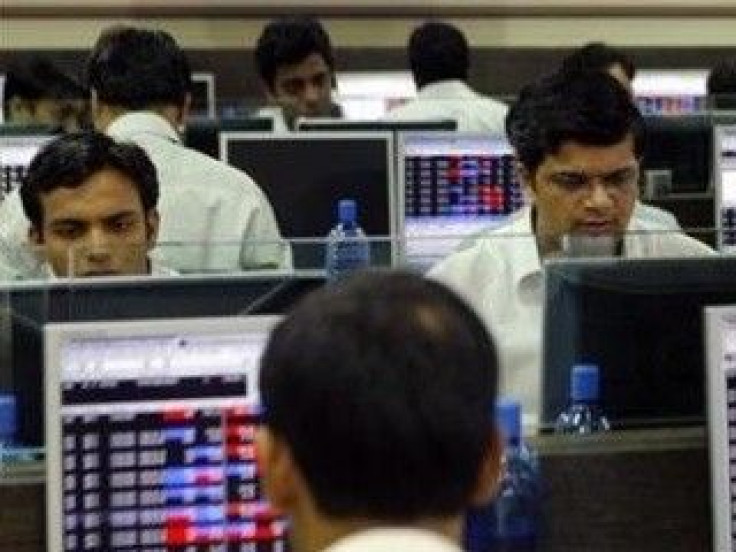Indian Shares End Sept. 8% Higher; Sensex To Rise Another 5% By End 2012

The Indian government finally pressed the reforms button in September after quite a long pause. And what a difference it's made.
Bolstered by a surging rupee and sustained foreign funds inflow amid an expectation that the government's policy reforms will revive investments and economic growth, the BSE benchmark Sensitive Index, or Sensex, jumped 183 points on Friday to end at a fresh 14-month high, taking their gain in September to nearly 8 percent.
After gaining 269 points at the outset, the Sensex closed up 183.24 points, or 1 percent, at 18,762.74, a level last seen on July 25, 2011.
The broad-based National Stock Exchange index Nifty climbed above the psychologically important 5,700 level by adding 53.8 points, to end at 5,703.3 points. It touched the day’s high of 5,735.15.
The Indian government's recent measures to keep the fiscal deficit to a minimum, by raising subsidized fuel prices and keeping spending in check, has been received well by investors. The country has also thrown open its retail, aviation and broadcasting industries to foreign investment.
In the biggest policy push of Prime Minister Manmohan Singh’s second term, proposals to allow overseas retailers like Wal-Mart Stores, Inc. (NYSE: WMT) and Carrefour SA (EPA: CA) to own 51 percent of supermarket chains, shelved last year after alliance partners threatened to revolt, have been enforced. Overseas airlines are now allowed to own 49 percent of Indian carriers, and the broadcasting sector has also been liberalized by allowing up to 74 percent in foreign direct investment, or FDI.
The Indian rupee rose to a five-month high on Friday as the government said it will stick to its scheduled 2 trillion rupees ($37.58 billion) borrowing plan for the October-March period and will not borrow more via bonds. The partially convertible rupee rose to 52.495, a level not seen since May 1.
The optimism also reflects investors’ anticipation that the latest round of reforms announced on Sept. 14 could be the beginning of a series of economic reforms.
Foreign investors have bought close to $15 billion of Indian stocks so far this year, after net outflows of about $500 million last year.
Even after a 21 percent rise so far this year, analysts are confident that the bull run isn’t over yet.
A recent Thomson Reuters poll showed that Indian shares are expected to extend their rally and gain almost 5 percent by year-end. The 30-share BSE Sensex will rise to 19,500 points by the end of 2012 and then rise further to 20,400 by the middle of next year. The new end-year forecast is higher than the 18,750 points expected in the June poll.
The forecasts are upbeat given that the index is already Asia’s second-best performing index this year, beaten only by Thailand’s SETI, and is on course to rack up its biggest year of gains since 2009.
© Copyright IBTimes 2024. All rights reserved.












